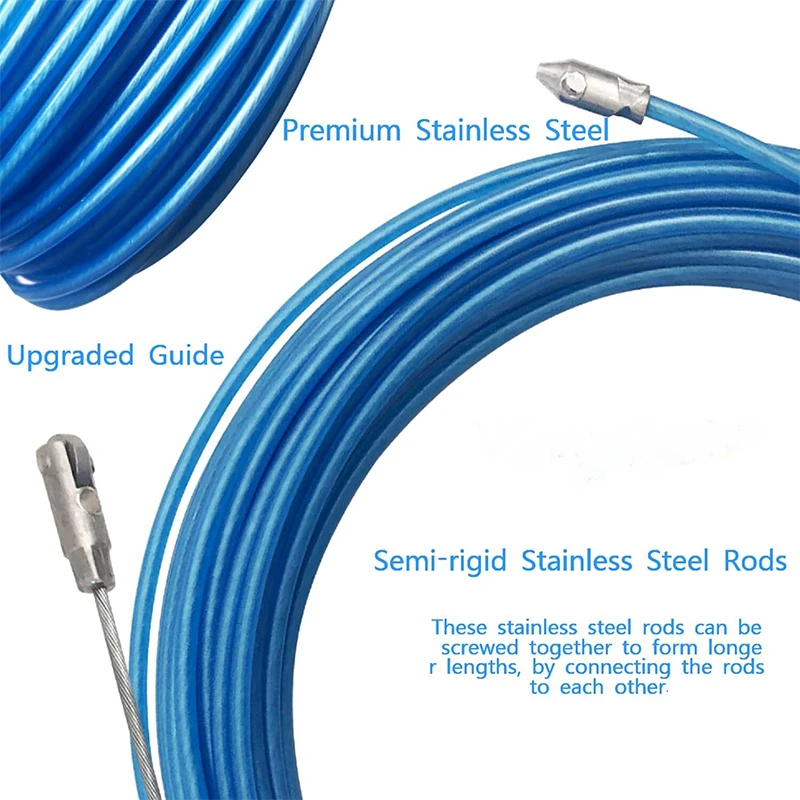
-
 Afrikaans
Afrikaans -
 Albanian
Albanian -
 Amharic
Amharic -
 Arabic
Arabic -
 Armenian
Armenian -
 Azerbaijani
Azerbaijani -
 Basque
Basque -
 Belarusian
Belarusian -
 Bengali
Bengali -
 Bosnian
Bosnian -
 Bulgarian
Bulgarian -
 Catalan
Catalan -
 Cebuano
Cebuano -
 Corsican
Corsican -
 Croatian
Croatian -
 Czech
Czech -
 Danish
Danish -
 Dutch
Dutch -
 English
English -
 Esperanto
Esperanto -
 Estonian
Estonian -
 Finnish
Finnish -
 French
French -
 Frisian
Frisian -
 Galician
Galician -
 Georgian
Georgian -
 German
German -
 Greek
Greek -
 Gujarati
Gujarati -
 Haitian Creole
Haitian Creole -
 hausa
hausa -
 hawaiian
hawaiian -
 Hebrew
Hebrew -
 Hindi
Hindi -
 Miao
Miao -
 Hungarian
Hungarian -
 Icelandic
Icelandic -
 igbo
igbo -
 Indonesian
Indonesian -
 irish
irish -
 Italian
Italian -
 Japanese
Japanese -
 Javanese
Javanese -
 Kannada
Kannada -
 kazakh
kazakh -
 Khmer
Khmer -
 Rwandese
Rwandese -
 Korean
Korean -
 Kurdish
Kurdish -
 Kyrgyz
Kyrgyz -
 Lao
Lao -
 Latin
Latin -
 Latvian
Latvian -
 Lithuanian
Lithuanian -
 Luxembourgish
Luxembourgish -
 Macedonian
Macedonian -
 Malgashi
Malgashi -
 Malay
Malay -
 Malayalam
Malayalam -
 Maltese
Maltese -
 Maori
Maori -
 Marathi
Marathi -
 Mongolian
Mongolian -
 Myanmar
Myanmar -
 Nepali
Nepali -
 Norwegian
Norwegian -
 Norwegian
Norwegian -
 Occitan
Occitan -
 Pashto
Pashto -
 Persian
Persian -
 Polish
Polish -
 Portuguese
Portuguese -
 Punjabi
Punjabi -
 Romanian
Romanian -
 Russian
Russian -
 Samoan
Samoan -
 Scottish Gaelic
Scottish Gaelic -
 Serbian
Serbian -
 Sesotho
Sesotho -
 Shona
Shona -
 Sindhi
Sindhi -
 Sinhala
Sinhala -
 Slovak
Slovak -
 Slovenian
Slovenian -
 Somali
Somali -
 Spanish
Spanish -
 Sundanese
Sundanese -
 Swahili
Swahili -
 Swedish
Swedish -
 Tagalog
Tagalog -
 Tajik
Tajik -
 Tamil
Tamil -
 Tatar
Tatar -
 Telugu
Telugu -
 Thai
Thai -
 Turkish
Turkish -
 Turkmen
Turkmen -
 Ukrainian
Ukrainian -
 Urdu
Urdu -
 Uighur
Uighur -
 Uzbek
Uzbek -
 Vietnamese
Vietnamese -
 Welsh
Welsh -
 Bantu
Bantu -
 Yiddish
Yiddish -
 Yoruba
Yoruba -
 Zulu
Zulu


Dec . 16, 2024 19:50 Back to list
winches in ship
The Role of Winches in Ship Operations
Winches are integral components of maritime operations, serving a variety of functions that enhance the efficiency and safety of ships. These mechanical devices, which wind and unwound cables or ropes, find applications across different areas, including cargo handling, anchoring, and towing operations. Understanding their operation, types, and applications is essential for anyone involved in maritime activities.
Types of Winches
Winches are classified based on their design and function
. The primary types include1. Capstan Winches Often used for mooring operations, capstan winches are characterized by their vertical drum design, allowing for rapid winding and unwinding of ropes. They enable crews to control heavy mooring lines efficiently, which is crucial for securing vessels in port.
2. Cargo Winches These winches are specifically designed for handling cargo aboard a ship. They can be electric, hydraulic, or mechanical, assisting in the loading and unloading of containers, bulk materials, and other goods. Cargo winches ensure that operations are performed safely and smoothly, minimizing the risk of accidents during handling.
3. Towing Winches Used by tugboats and other vessels involved in towing operations, these winches provide the necessary pulling power to maneuver ships in tight conditions or assist in berthing. Towing winches are robust machines, often featuring advanced braking systems to handle the dynamic loads experienced during towing.
4. Anchor Winches These winches are crucial for anchoring vessels. They manage the anchor chain or rode, allowing for precise control when lowering or raising the anchor. Surrounded by severe marine conditions, reliable anchor winches are essential for maintaining a ship’s position and stability in open waters.
Operational Principles
winches in ship

Winches operate using a simple mechanical principle winding a cable or rope around a drum or spool. Power is delivered to the winch through various means, typically hydraulic or electric systems. The winch’s capabilities are determined by factors such as drum size, line capacity, and the type of power source employed. Operators must consider the specific requirements of their vessel and the intended operation when selecting a winch.
Safety is paramount in all winch operations. Operators are trained to ensure that the winch is in optimal condition, conducting regular maintenance checks to prevent malfunctions. Proper training also involves understanding the winch’s limits and adhering to safe operating procedures, especially in harsh weather conditions or when handling heavy loads.
Applications at Sea
The applications of winches at sea are numerous and diverse. In cargo operations, winches facilitate the swift movement of goods, enhancing turnaround times at ports. The efficiency of cargo loading and unloading directly impacts a shipping company’s profitability, making reliable winch systems essential for operational success.
During anchoring, winches play a critical role in the safety of the vessel. A well-functioning anchor winch is vital for maintaining a ship's position, which is particularly important when dealing with strong currents or rough weather. Additionally, anchor winches contribute to the overall safety of docked vessels, preventing drifting and potential collisions.
In towing operations, winches provide the necessary power and control to guide other vessels safely. This is especially important in emergency situations where a ship may need to be towed to safety or maneuvered into a crowded harbor. Tugboats, equipped with powerful towing winches, are vital assets in these scenarios, ensuring that larger vessels can navigate complex environments without incident.
Conclusion
In conclusion, winches are vital components of maritime operations, enhancing the efficiency and safety of vessel activities. Their various types and applications illustrate their importance in cargo handling, anchoring, and towing operations. As maritime technology advances, so too will the design and functionality of winches, continuing to play a critical role in the ever-evolving landscape of the shipping industry. Understanding how to operate and maintain these devices is essential for maritime professionals, ensuring safe and efficient maritime operations worldwide.
Latest news
duct-rodders-and-conduit-rod-tools
NewsAug.22,2025
ratchet-pullers-and-wire-tightening-tools
NewsAug.22,2025
chain-ratchet-pullers-and-hoist-solutions
NewsAug.22,2025
telescopic-hot-stick-for-electrical-and-high-voltage-use
NewsAug.22,2025
cable-clamp-and-insulated-cable-clamp-systems
NewsAug.22,2025
duct-rodder-conduit-rodder-and-cable-solutions
NewsAug.22,2025








